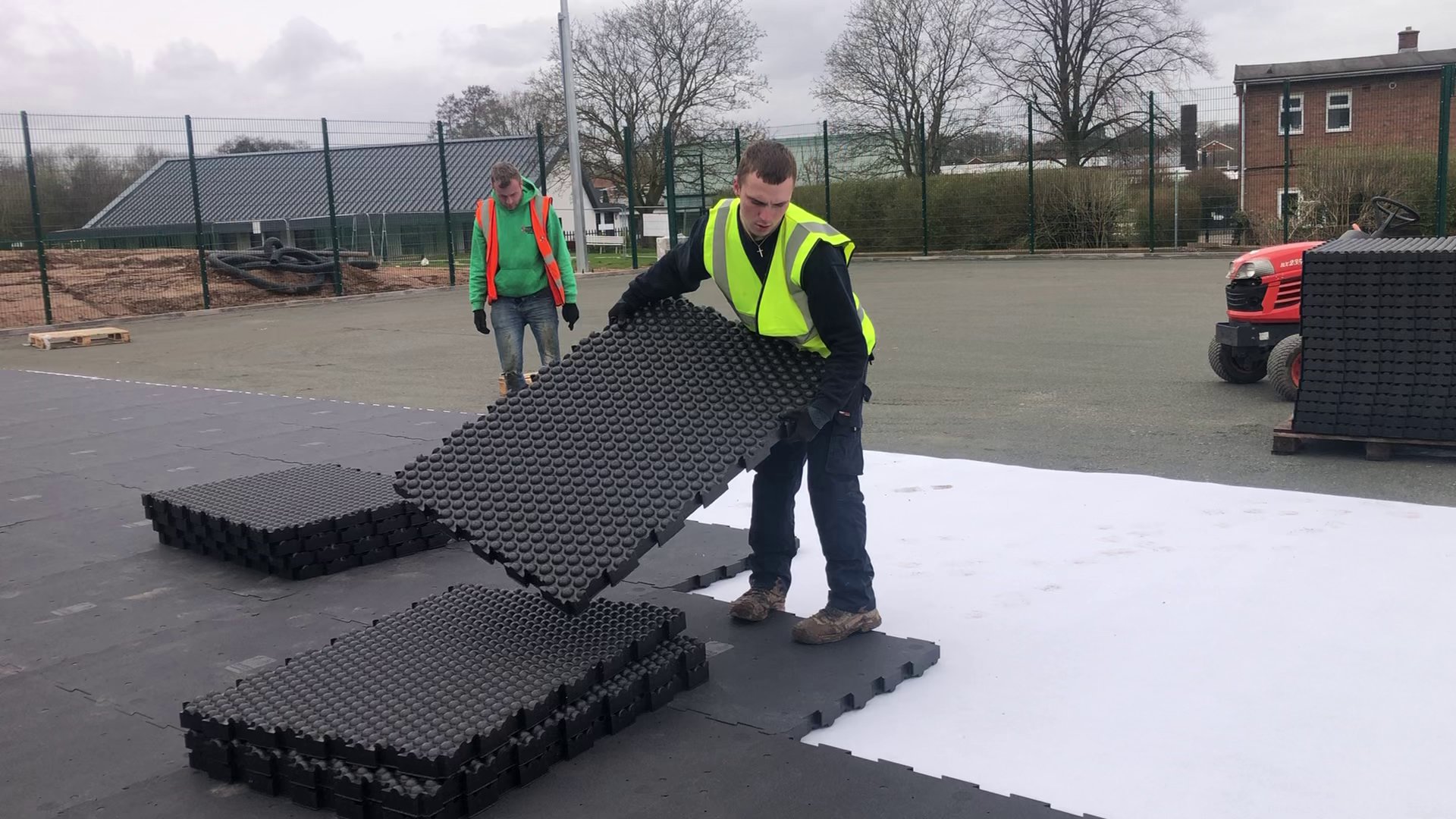Choosing the right shock pad
- 08/18/2020

The influence of a shock pad on your pitch performance can be massive, but how do you ensure the right shock pad is used?
Different countries have their own preferences; Germany has a preference for 35mm rubber pads laid insitu; some artificial turf manufacturers will recommend a pad, based on their relationship with the producer; contractors who own paving equipment will favour an insitu pad, whilst often installers will choose a shock pad, because it is easier to install than another; and, there is the influence of price, which may determine what is used.
Major factors in choosing the right shock pad should include:
-
Is it right for the sport it is intended for?
-
Will it work in the local climatic conditions?
-
Has it been tested with the chosen surface?
-
Will it work on the base beneath?
-
How stable is it?
-
What is the life expectancy?
-
Can it be recycled when replaced?
As you can imagine there is plenty of choice out there, and to tick off more of the above requirements may incur more cost. But the danger in not choosing correctly can have consequences down the line.

A simple example of this is the roll out rubber pads used in the UK a few years ago. Factory produced, uniform thickness and low cost, they were ideal to roll out on top of a tarmac base. However, these pads were not stable and moved in extreme temperature changes. In hot weather they shrank and pulled the surface on top, adding tension to joints. In cold weather they expanded, causing the turf to crease and wrinkle. When there was moisture between the pad and the tarmac base, movement became much easier. The same pad, when laid onto stone, was much more stable, so was OK to use on that base, but less so on a solid base.
Another example is to lay a light PE foam pad in windy conditions. Without sufficient means to hold the pad down during installation, it can simply blow away. Installers have extra work to do and any savings can be lost on the extra time taken to install.
Conversely, choosing the right type of pad should ensure a better and longer performance from the top surface. There are now numerous fields where a new turf has been laid onto an existing pad, proving the value of the original investment and choice.
Next week we will look at the different types of pad and what sports they are best for.
To find out more about which shock pad is right for you,
contact Jamie Forrester on 07825 368059
jamie.forrester@ccgrasseurope.com




